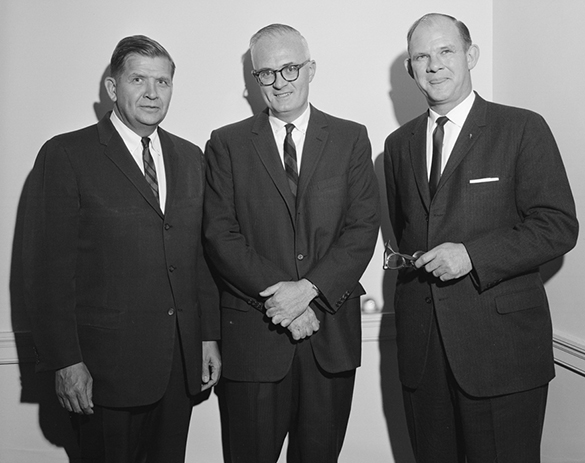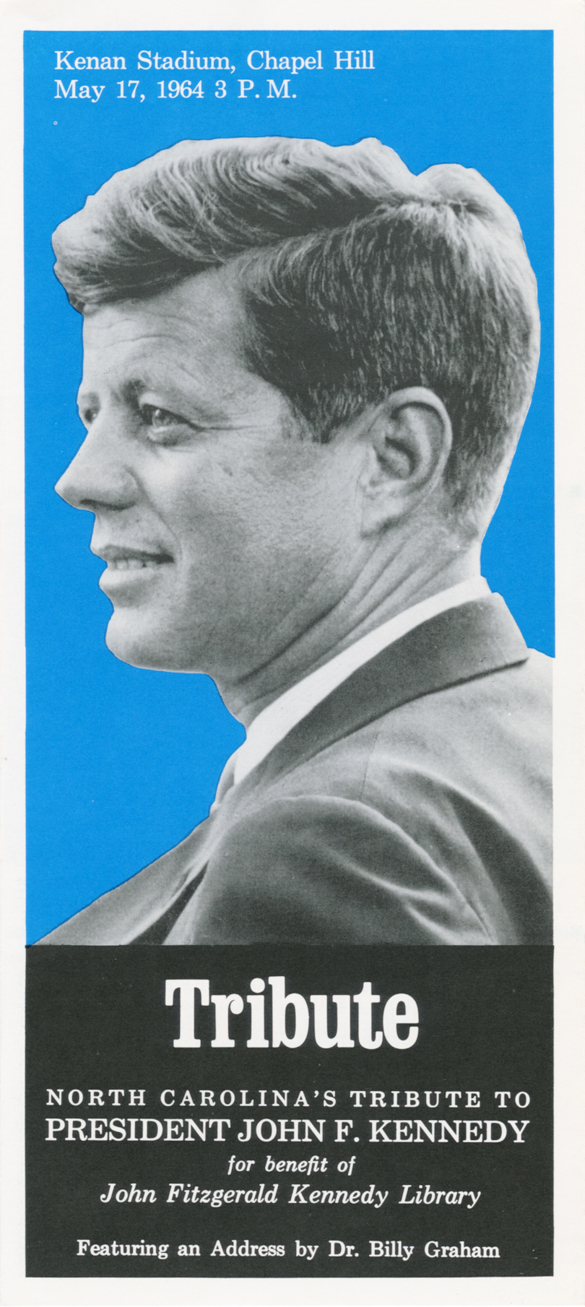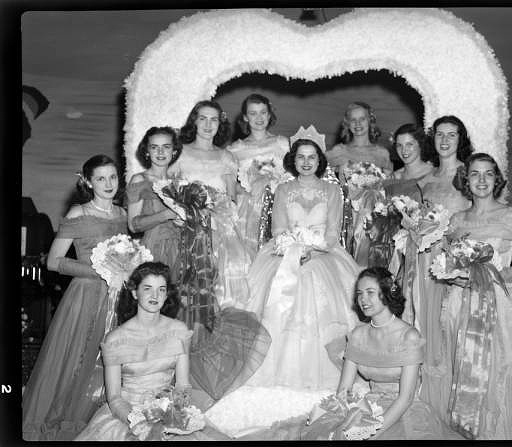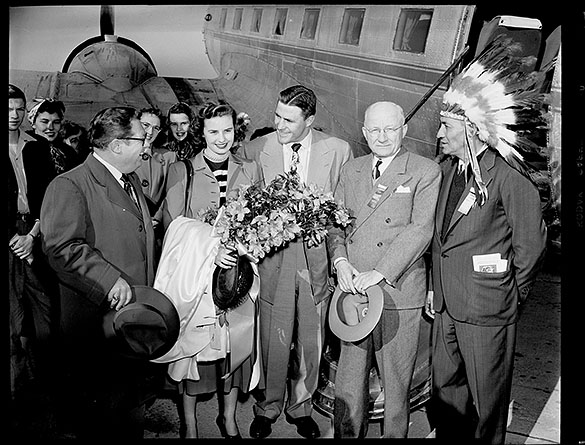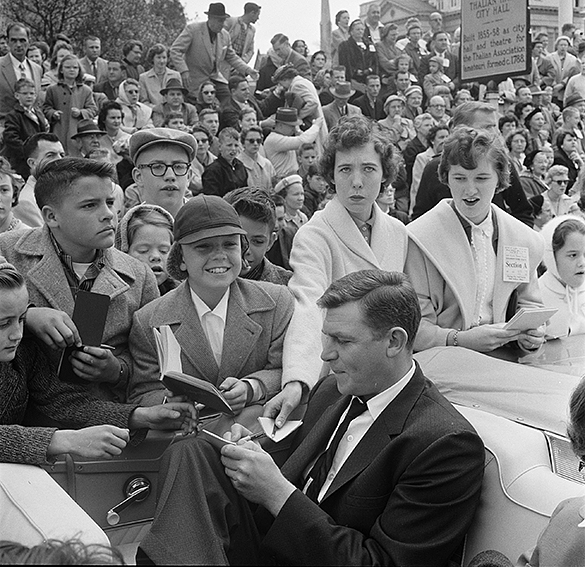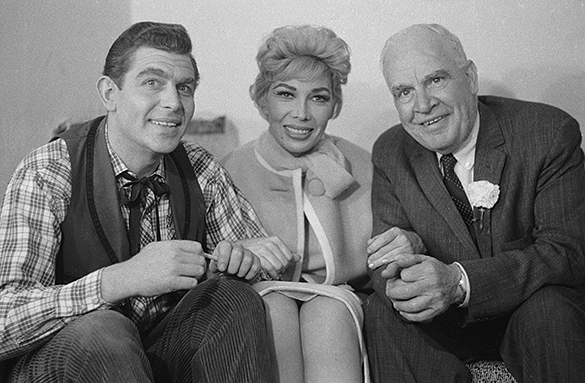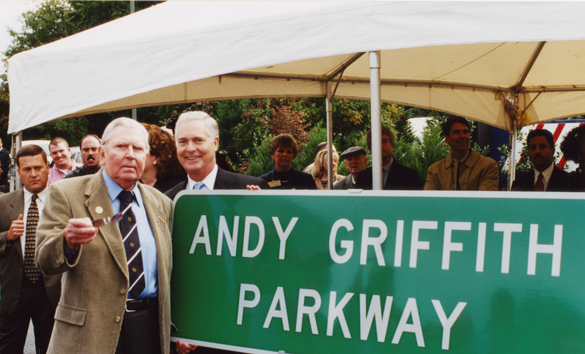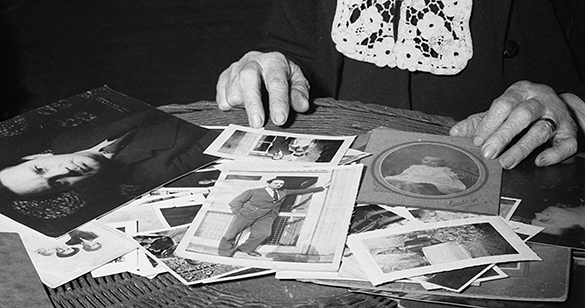
- The hands of Julia Wolfe frame photographs of her departed son, noted North Carolina born author Thomas Wolfe.
While a student at Chapel Hill, Hugh Morton was given the assignment by a student publication to make photographs of Tom Wolfe’s mother, Julia, in Asheville. The famous novelist had been dead about two years, and as every reader of Look Homeward Angel knows, Wolfe’s treatment of his mother in the book was not kind. She had not welcomed the news media attention which resulted. When Morton appeared at the “Old Kentucky Home” and asked to make photographs, he was summarily dismissed by Mrs. Wolfe. The next day he returned, was given a more promising audience and his entreaties gained her permission to make these two pictures. She also rode out to the cemetery to show Morton where her son was buried but she did not get out of the car. Morton’s recollections of Julia Wolfe: “She was obviously proud of her son, proud of the success his works enjoyed … but she had mixed feelings about what he had written about her. Perhaps she didn’t know whether to laugh or cry.” —Edward L. Rankin, Jr. in Making a Difference in North Carolina
The 36th Annual Conference of the Thomas Wolfe Society kicked off this Friday afternoon at the Carolina Inn in Chapel Hill, North Carolina, where it continues on Saturday. This year’s conference theme is “Wolfe in his time, Wolfe in our time.” As you might imagine, Hugh Morton photographed Wolfe-related images during Morton’s time.
Thomas Wolfe died on September 15th, 1938—around the time Morton would have been starting his senior year in high school. When he was a junior in college—by then an accomplished photographer—The Carolina Magazine “especially sent” staff photographer Morton to Asheville on assignment to make photographs to illustrate an article by Don Bishop (Donald Edwin Bishop, class of 1941). Simply titled “Thomas Wolfe,” Bishop wrote about Wolfe during his student years at UNC. The magazine’s editors dubbed that particular issue, March 1942, as its “Baby-Esquire” and the cover donned the temporary title The New Carolina Magazine. [You may read either Bishop’s entire article (it’s very good), the full March issue, or the complete volume for 1941-1942 by clicking this link, then use the “Search inside” box just above the magazine or the sliding scroll bar below the magazine to navigate to Bishop’s article.]
The Carolina Magazine published three of Morton’s photographs: Wolfe’s gravestone, a portrait of his mother Julia Wolfe, and photographs of Thomas Wolfe on a table with his mother’s hands on the table’s edge (seen above). “Returning with more photographs than could fill these pages,” the caption reads “our staff photographer confirmed the amazing similarity between parts of ‘Look Homeward’ and parts of Asheville itself. Mrs. Wolfe generously took out all of Tom’s photos she possessed and permitted Morton to take the pictures above.”
Elizabeth Hull wrote a post about Morton’s Thomas Wolfe related images back in 2009 using a few images, including one of two close-up portraits Morton made of Julia Wolfe. The second portrait she included depicted Mrs. Wolfe from farther back, a full length view as she stands on the porch of “Our Kentucky Home.” Both of these portraits appear in Morton and Rankin’s book, Making a Difference in North Carolina. The closeup portrait used by Hull, Morton, and Rankin however, is not the one published in The Carolina Magazine. That portrait is below, which I scanned for this post.
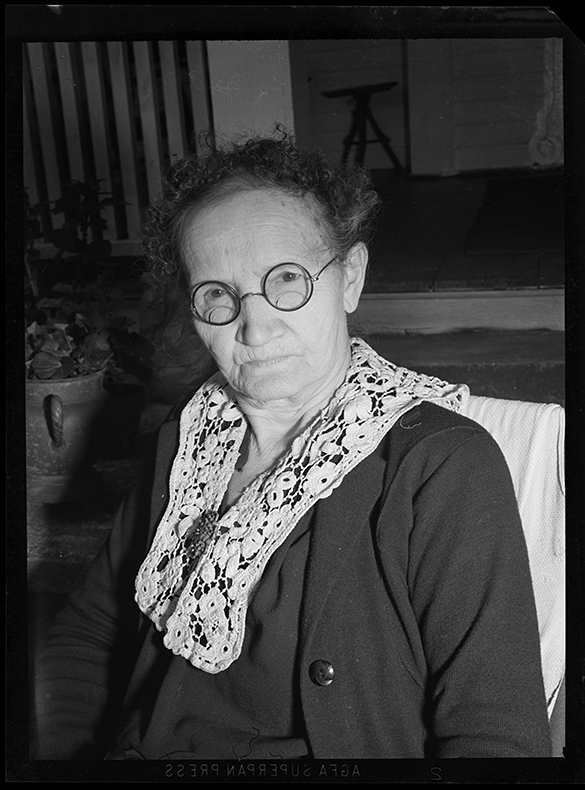
Full negative scan of Hugh Morton’s portrait of Julia Wolfe that appeared (cropped) in the March 1942 issue of The Carolina Magazine.
The main difference between the portraits in Making a Difference in North Carolina and The Carolina Magazine is Morton’s lighting. Morton made the portrait above using an artificial light source placed to Mrs. Wolfe’s left, while he exposed the other negative using natural, available light. You can tell by comparing the shadows: in the above portrait Wolfe’s shadow is behind and to her right, while the shadows in her portrait printed in the Morton/Rankin book fall beneath her chin and nose.
The photograph shown at the opening of this post was the largest of the three Morton images used with Bishop’s article—but, similar to the portrait above, the scanned negative viewable in the online Morton collection is a different pose made during the same sitting. I cropped the opening photograph above as it was in The Carolina Magazine; the full negative can be seen in the scan below. 
The third and final published Morton photograph was Thomas Wolfe’s gravestone. The cropping is mine, which gives the marker a bit more room around the edges of the frame than it has in the magazine’s crop. You may see the full view of the negative by clicking on the photograph. A link to all of the Wolfe related images scanned and available on line thus far can be seen by clicking here or the linked text in the opening paragraph. For a complete list of all the images related to Thomas and Julia Wolfe, you may search the complete finding aid.


